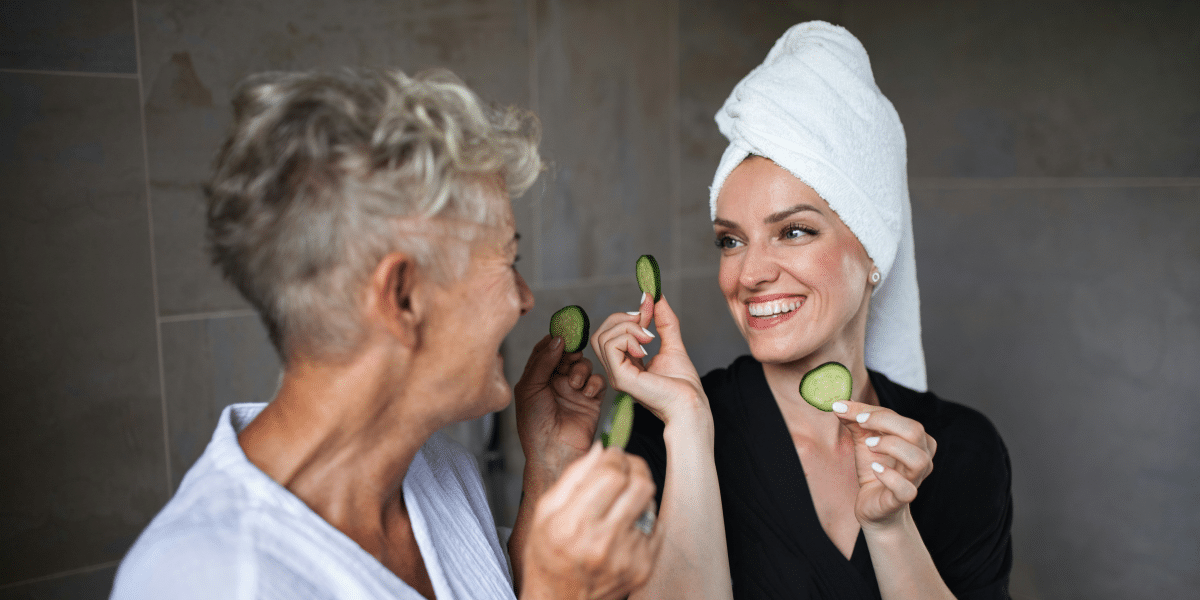Daily Healthy Habits for a Better Quality of Life
Developing and maintaining healthy habits is one of the most effective ways to improve your quality of life. These habits serve as the foundation for physical vitality, emotional well-being, and mental clarity. For many women, balancing health with daily responsibilities can feel like a daunting task, but even small, consistent changes can make a significant difference.
What Are the Most Impactful Daily Healthy Habits for Women?
Incorporating healthy habits into daily routines may seem overwhelming, but it doesn’t require drastic changes. Start with simple adjustments, such as drinking more water, prioritizing movement, and managing stress. Experts emphasize that consistency is the key to building habits that last.
One of the most impactful habits is maintaining a balanced diet. Fueling your body with whole, nutrient-rich foods supports energy levels and overall health. This doesn’t mean eliminating all indulgences—enjoying occasional treats while focusing on moderation can help sustain long-term commitment.
Physical activity is equally crucial. Whether it’s a brisk walk, yoga session, or dance class, finding an activity you enjoy can encourage consistency. Movement not only strengthens your body but also enhances mood by releasing endorphins, reducing the effects of daily stress.
Adequate sleep is another cornerstone habit. Aiming for 7–9 hours of quality rest per night allows your body to recover and rejuvenate. Sleep deprivation, on the other hand, can lead to fatigue, irritability, and decreased focus, all of which impact daily productivity and overall well-being.
Why Does Mental Health Play a Key Role in Building Healthy Habits?
Mental health is an often-overlooked factor in maintaining a healthy lifestyle. Developing positive coping mechanisms for stress, such as journaling, mindfulness, or therapy, can improve emotional resilience. Studies show that women who regularly practice mindfulness report lower levels of stress and higher satisfaction in their daily lives.
Another important habit is self-compassion. Instead of being overly critical of perceived failures, treating yourself with kindness encourages progress. Mental and emotional well-being are deeply intertwined with physical health, and nurturing both aspects can create a holistic sense of wellness.
Social connections are also invaluable. Building and maintaining strong relationships provides emotional support, reduces feelings of isolation, and fosters a sense of belonging. Whether through family, friends, or community groups, meaningful interactions can be as vital to health as diet and exercise.
How Can You Sustain Healthy Habits for the Long Term?
Building healthy habits is one thing; sustaining them requires commitment and adaptability. Experts recommend starting small—introduce one habit at a time and build upon it. For example, if you want to increase physical activity, begin with a 10-minute daily walk and gradually extend the duration as it becomes routine.
Tracking progress can also be motivating. Keeping a journal or using an app to log habits provides a visual reminder of achievements and areas for improvement. Celebrate milestones, no matter how small, as they reinforce the positive behavior.
Another critical factor is flexibility. Life is unpredictable, and rigid routines can be difficult to maintain. Instead, adopt a forgiving approach that allows for occasional missteps. What matters most is returning to the habits that align with your goals, even after interruptions.
Staying inspired can help maintain momentum. Surround yourself with supportive individuals, consume uplifting content, and revisit your reasons for pursuing these habits. Over time, these practices become second nature, enriching your life and promoting longevity.
Healthy habits are not just about adding years to your life—they’re about adding life to your years. Whether it’s nourishing your body with wholesome food, finding joy in movement, or cultivating mental clarity, every positive step contributes to a more vibrant and fulfilling life. For women striving to balance health with the demands of modern living, these habits are a powerful tool for empowerment and transformation.










